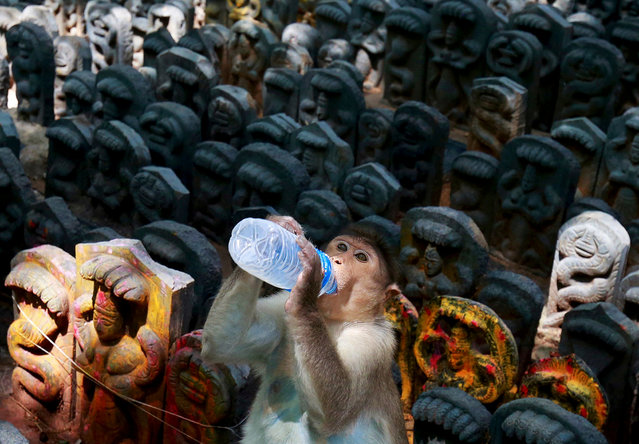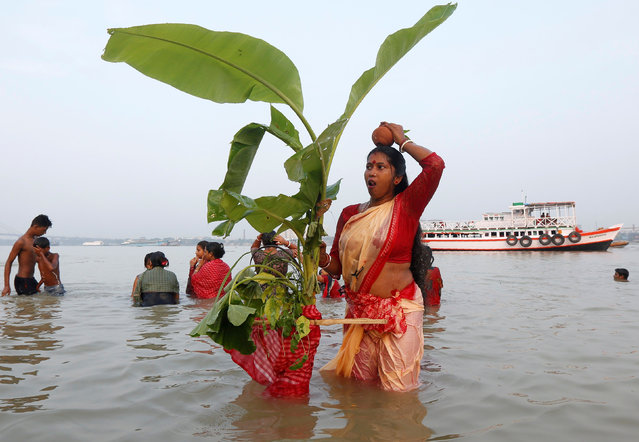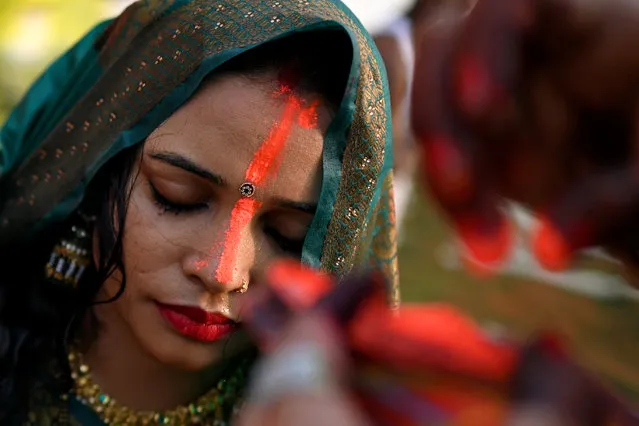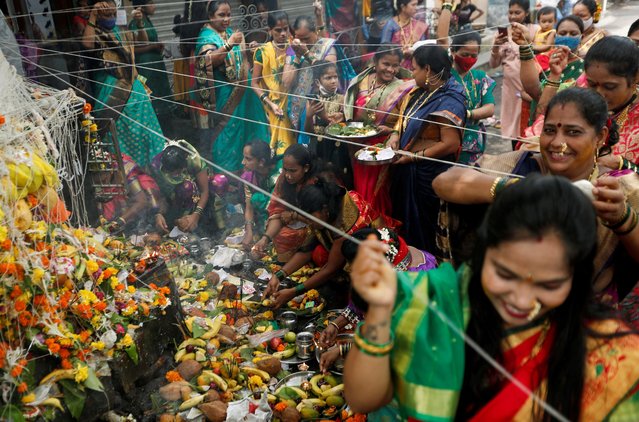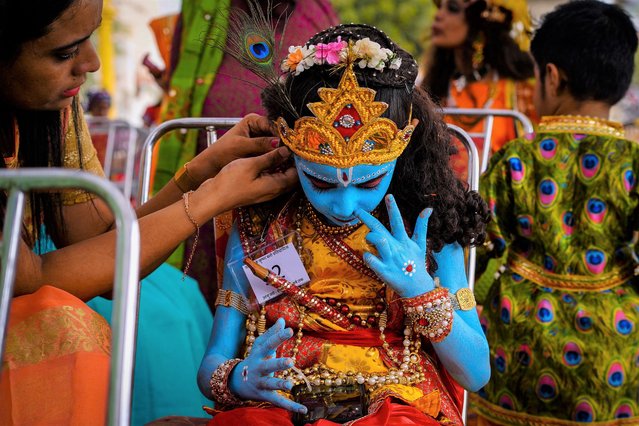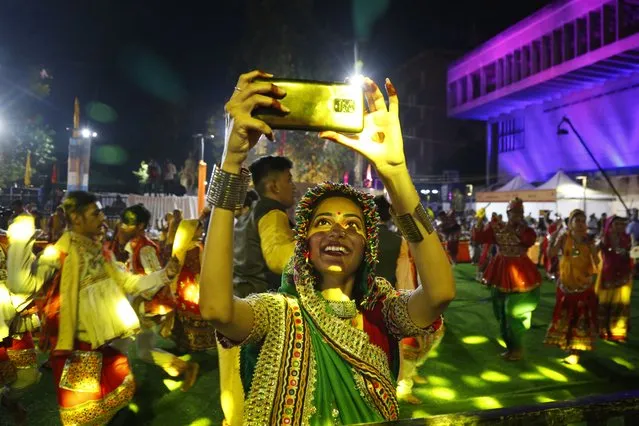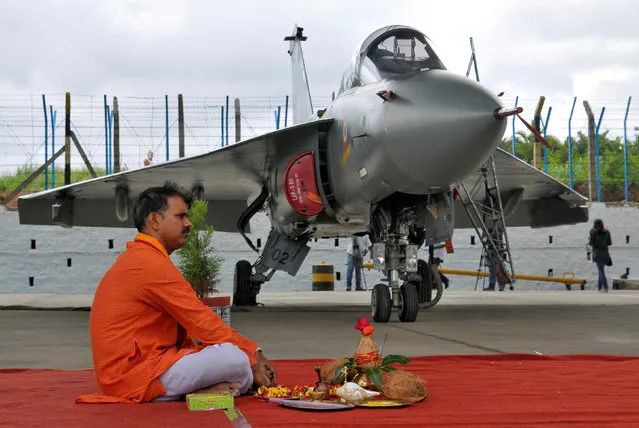
A Hindu priest waits to perform prayers next to Tejas, India's first locally-built Light Combat Aircraft (LCA), before its induction into the Indian Air Force at the Hindustan Aeronautics Limited (HAL) Airport in Bengaluru, India, July 1, 2016. (Photo by Abhishek N. Chinnappa/Reuters)
02 Jul 2016 13:01:00,post received
0 comments

